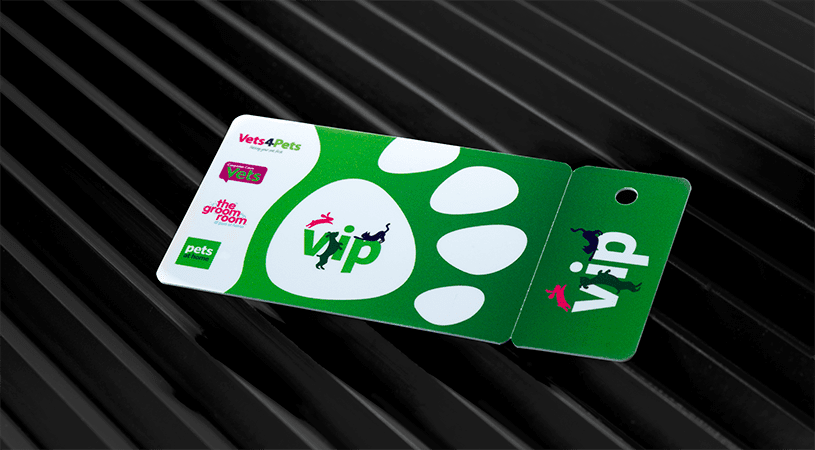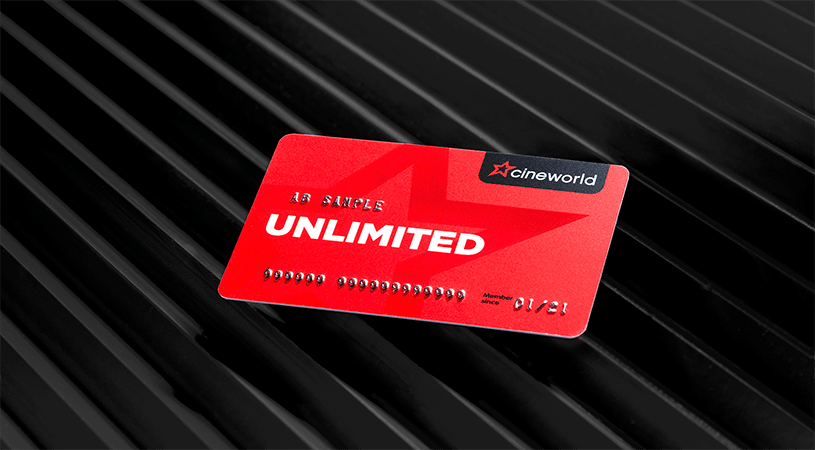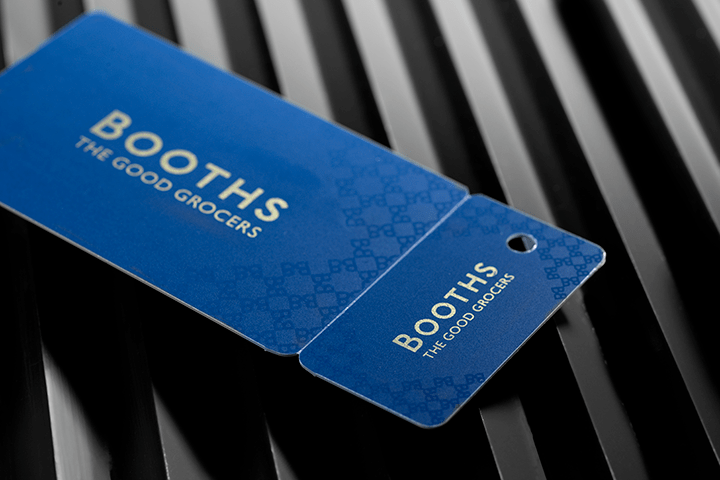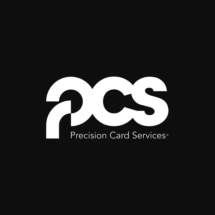As a hotel owner or operator, your number one priority will be the safety of your guests and ensuring that your guests feel safe and secure means ensuring that their valuables and their rooms are firmly locked at all times. Although there’s nothing wrong with a traditional key, keeping costs and overheads down has now become an important part of a modern business, and as such integrating popular technology, such as electronic keycards, has become an essential part of the modern hotel environment.
Although a hotel keycard system does take a little while to set up, over time it can really reap rewards for your business and help to keep your costs and overheads down. It can also help to simplify your customer experience and ensure that they feel safe and secure at all times when staying in your hotel.
How does a hotel keycard work?
A hotel keycard is a plastic card which is either programmed with an electronic chip, or uses a metallic strip to communicate with a device placed on the door of every hotel room. Keycards can be programmed to each individual room, ensuring that a keycard only opens the room that it’s programmed to, and not any other room in the hotel.
When a guest arrives at a hotel they are generally issued with a keycard (as many as they need) and this keycard is programmed to their room. Once a guest leaves the keycard is taken back and the programming is removed, the keycard can then be reprogrammed for the next customer and re-used each time.
What common benefits can this bring to a business?
Hotel keycards can bring about a wide number of benefits to any business. Some common examples of these benefits include:
- The ability to recycle and re-use the cards helps to cut down on costs
- The ability to replace cards rather than re-cut keys can help to bring down the associated costs
- The ability to issue more than one card where needed
- The ability to be able to change the locks when needed, rather than replacing the entire lock.




